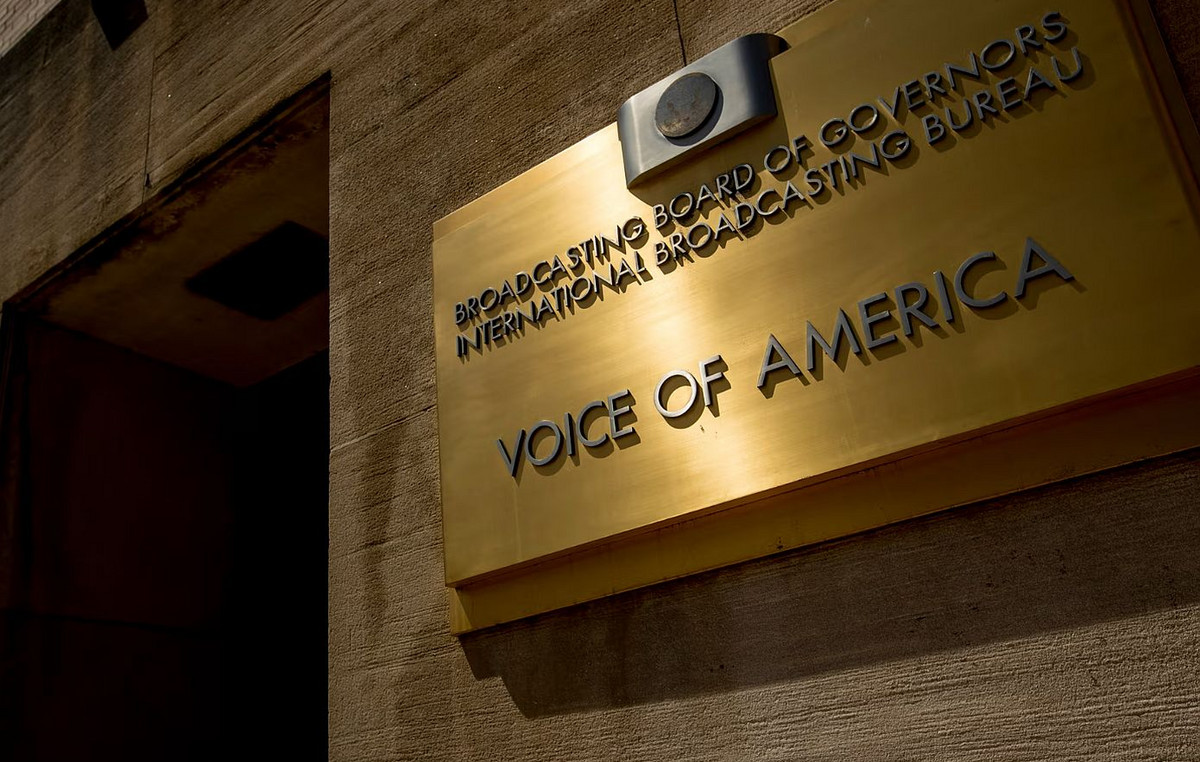The war in Ukraine has led to a significant increase in the number of refugees in the world. According to the United Nations Refugee Agency (UNHCR), there are already more than 1.7 million of people who have left their homes since the beginning of the Russian invasion of the country. Follow the special coverage of CNN.
Post-traumatic stress disorder (PTSD) can affect people of any age after experiencing a crisis situation such as war. The main symptoms are insomnia, irritability, mood swings and unexpected restlessness.
In this Monday’s edition (7) of the Medical Correspondentfrom Novo Dia, neurosurgeon Fernando Gomes explained how conflict can trigger trauma and cause long-term damage to mental health.
“After a war, we know that there is this situation of post-traumatic stress from individuals who worked on the front to even the entire population involved in this process and who have a very exuberant and typical clinical picture with flashbacks, sleep disorders , feeling of anguish and physical feelings”, says Gomes.
Faced with the threat of armed conflict, people need to make choices quickly and under great pressure. One of the most difficult can be the option of leaving home in search of safer places, especially if you have to leave a family member or friend behind.
“When there is a very big trauma and a critical situation that goes on, for example war, you have that adrenaline rush through the body in an acute situation, like a bomb that explodes, but in the long term you have a tonic release of cortisol ”, explains Gomes.
According to him, the release of hormones by the body, as a natural defense mechanism measure, can lead to memory lapses. “We know that there is a process as if it were a natural defense of the brain itself, which causes memory lapses and even amnesia, as if it were a way for you to be able to endure such pain to continue living”, he says.
Trauma diagnosis and treatment
Timely diagnosis and treatment of post-traumatic stress disorder can contribute to the reduction of harm associated with the experience of conflict, especially in relation to children exposed to trauma. “When there is a single stressor, there is a grieving process that as a rule ends up taking over, until the individual has their resilience and goes through all the stages, more or less about two years”, he says.
There is still no scientific consensus to explain why some people are more prone to trauma than others. Some hypotheses include genetic factors, hormonal issues and the individual’s own ability to deal with stressful situations.
Treatment can be carried out from psychological and psychiatric follow-up, with the use of medication when prescribed by the health professional. Other types of therapy consist of prolonged exposure and cognitive processing therapy, which are techniques linked to a process of putting the individual before the traumatic situation in a gradual way, with the objective of provoking desensitization in relation to the traumatic event.
Family and social support also contributes to the prevention of post-traumatic stress disorder.
“Depending on the country in which the refugee will be allocated, there may be a greater or lesser reception, or a more applied vision to this situation or not. In general terms, it ends up being the instruction and the recognition that this exists that allows us to have better results”, he concludes.
Source: CNN Brasil







